Conservation biology of the Spanish toothcarp (Aphanius iberus): mechanisms of coexistence with eastern mosquitofish (Gambusia holbrooki)
llistat de metadades
Director
García-Berthou, Emili
Codirector
Zamora Hernández, Lluís
Date of defense
2023-07-10
Pages
158 p.
Department/Institute
Universitat de Girona. Institut d'Ecologia Aquàtica
Universitat de Girona. Departament de Ciències Ambientals
Doctorate programs
Programa de Doctorat en Ciència i Tecnologia de l'Aigua
Abstract
Inland waters are amongst the most diverse and impacted ecosystems globally, and they host many endangered taxa. Cyprinodontiforms are at the forefront of endangered freshwater fishes in Europe, with more than 80% of the species of this taxon considered threatened by the IUCN. The Aphaniidae, belonging to that order, are mostly distributed in the Mediterranean coastal areas, where ecosystems face many environmental pressures. This thesis consists of three main studies: (i) an analysis of the drivers and predictors of population extirpations of the Spanish toothcarp, Aphanius iberus; (ii) an adaptation and performance assessment of an underwater stereo-video system (also referred to as SVS) for studying the ecology of the fish assemblages of coastal lagoons, with emphasis on the endemic Spanish toothcarp and the invasive mosquitofish (Gambusia holbrooki); and (iii) a study, using the new SVS system, of diel and seasonal microhabitat partitioning between the endangered toothcarp and the invasive mosquitofish in relation to variation in limnological features.
Les aigües continentals es troben entre els ecosistemes més diversos i impactats a nivell global alhora que acullen moltes espècies amenaçades. Els ciprinodontiformes són els peixos continentals europeus amb més risc d'extinció, amb més del 80% de les espècies considerades amb algun grau d'amenaça per la IUCN. La família Aphaniidae, que pertany a aquest grup, es distribueix principalment en aigües continentals de zones costaneres de la Mediterrània, on els ecosistemes suporten moltes pressions ambientals. Aquesta tesi consta de tres estudis principals: (i) anàlisi de causes i predictors d’extirpació de poblacions del fartet Aphanius iberus; (ii) adaptació i avaluació del rendiment d'un sistema vídeo estèreo (stereo-video system, SVS) per estudiar l'ecologia de peixos a llacunes costaneres, amb èmfasi en el fartet endèmic i la l’espècie invasora gambúsia, Gambusia holbrooki; i (iii) estudi de la partició del microhàbitat circadiana i estacional entre el fartet i la gambúsia, utilitzant el nou SVS i mesurant característiques limnològiques.
Keywords
Fartet; Spanish toothcarp; Aphanius iberus; Gambúsies; Eastern mosquitofish; Gambusia holbrooki; Espècies invasores; Invasive species; Especies invasoras; Peixos cipridontiformes; Cyprinodontiformes fishes; Peces ciprinodontiformes; Hipoxia; Hypoxia; Nínxol ecològic; Niche (Ecology); Nicho ecológico
Subjects
574 - General ecology and biodiversity; 59 - Zoology



